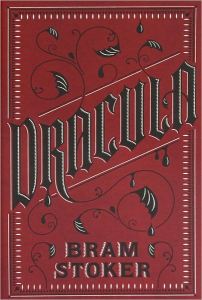Recently, I’ve expanded my writing journey from genre fiction for publication to screenwriting. I’ve been watching books to TV and film projects in hopes of unpacking the characterization in print form to screenplay format.
Being a speculative fiction writer, I’ve chosen to examine Stephen King’s books to film, Vampire Diaries, True Blood, and obviously I’ll expand into literary fiction to film projects eventually. I’m picking the low-hanging fruit first so that I don’t mire myself in symbolism and other literary devices.
The aforementioned content has enjoyed a second life on streaming recently and confirmed that even the current generation finds pleasure in popular (genre) fiction. Final Girl Jamie Lee Curtis winning an Oscar for Best Supporting Actress in 2023 was actually a celebration of genre films and fiction. I’m sure I am not alone in that sentiment, but I digress.
When you’re writing a story, you get to build your world in solitude, and only after you’ve completed your first and sometimes second draft, you come up for air and ask your community, “Is this ready for submission?” It’s a sensitive early stage of creation that you eventually grow thick skin to handle rejections early on in your writing career, but the collaborative nature isn’t nearly as dynamic as TV and film production. You’re either accepted or rejected and if you’re accepted, you’re only responsible for addressing the editor’s notes and promotion of your work after publication.
I’ve brought my fiction writing skillset over to the screenwriting ideation process: brainstorming, outlining, and drafting the manuscript. My ideas almost always come from dreams that are like little films in my mind while I slumber. Then I’m ready to pluck the idea and set my mind to shaping the idea into a story that readers might enjoy.
Going through this process, I’m finding that screenwriting requires the ability to set up characters, conflict, context, and tone to tell a story in a visual and efficient way. It’s not all that different from writing a manuscript, but there’s not a lot of room for description. You’ve got to provide minimal direction to set up a scene to empower the production team with the opportunity to interpret the words on the pages. You have to give up creative control (tough for a fiction writer!) after you’ve delivered the script to the production team so that they can make the best possible creative choices.
One of the things that I’m so impressed by throughout this examination is how everyone from the director, screenwriters, production designers, and actors all come together to execute a vision for a movie or TV series. Sometimes with books to film, the final screenwriter(s) and production team take creative license to make changes that might upset book fans, while trying to deliver engaging content that keeps the viewer watching.
I wrote an unpublished fiction novel that I can’t wait to tackle as a TV or film script, but for some reason, I’ve held off on starting the process. I feel like I’ll relive the critique sessions in my head and the reimaging of characters, and I wonder if I’ll ruin the process or my own vision of my novel for the screen.
As a fan of my own work, will I disappoint myself? Maybe. But I realize that it’s nonsense to doubt myself because the material is already there. Going through the process of looking at books to TV/film has opened my eyes to just how much of a collaborative effort a production requires of all involved to have a unified vision. I’m deep in the writing stage of my first project and I’m loving it!
Share in the comments if you’ve recently tried your hand at writing for the screen.



